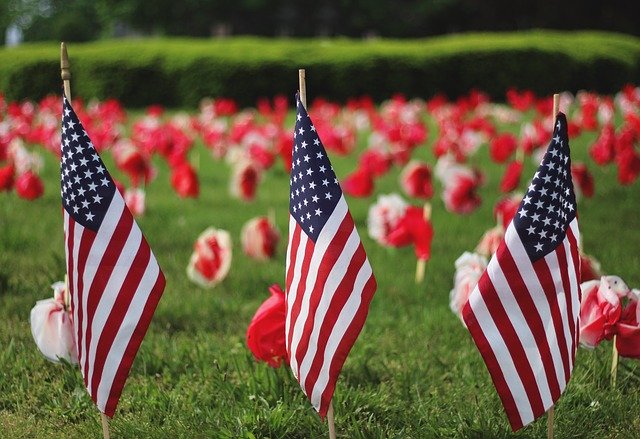Column by Adon Taft
The massacre of 19 Texas schoolchildren and two of their teachers earlier this week shrouds an already somber holiday weekend.
What we now know as the Memorial Day holiday (May 30) comes with 154 years of patriotic traditions centered around placing flags and floral tributes on the graves of fallen servicemen and women.
But the growing frequency of such bizarre events as the Uvalde mass shooting — like 15 others around the nation in the last decade in addition to regular murder-filled weekends in major cities such as Chicago — is leaving nearly as many deaths, disabling injuries, and broken hearts as all our wars since 1776.
The United States has lost 1,304,702 servicemen and women in 11 major wars, according to the Department of Defense. Most casualties were in World War II — 620,000, and the Civil War — 405,399 (as many of those were from disease as from battle).
In just the 60 years from 1960 to 2020, there were 1,018,430 U.S. homicides listed in the Uniform Crime Report.
Technically, the U.S. is not at war anywhere today. But we have 173,000 troops on 750 American bases in 80 countries on six continents. Many, like the 12,000 sent to NATO nations since Russia invaded Ukraine, could face the danger of armed conflict.
No matter how you feel about war in general or any particular war, most Americans feel obligated to somehow honor those men and women who gave their lives to protect and uphold their country. Consequently, the Tomb of the Unknowns, The Vietnam Wall, and similar memorials.
And that’s what this weekend is all about.
The observance, under various names, started back in 1868 when some veterans of the Grand Army of the Republic set a day in May (when flowers would be in bloom) as a time to decorate with bouquets the graves of the dead from the Civil War.
Following the requisite speeches by suitable officials, children from the Soldiers’ and Sailors’ Orphan Home and members of the GAR, singing hymns and reciting prayers as they went, made their way through the Arlington National Cemetery strewing flowers on both Union and Confederate graves there.
That was the first official Decoration Day (because of the flowers) ceremony although it was preceded by a handful of similar events, some called Memorial Day, scattered throughout the North and South where businesses closed and flags fluttered at half-mast.
As civic ceremonies marking the day have pretty much faded from the picture, the appearance of the poppy after World War I has grown to symbolize the meaning of the observance which Congress made a national holiday in 1971.
Over the weekend, you might see an older man or woman in the uniform of some veterans organization— maybe the Veterans of Foreign Wars, the American Legion or Disabled American Veterans — or their auxiliaries handing out silk or plastic paper poppies in shopping malls or at busy traffic intersections in hopes of a donation.
Inspiration for making the poppy a symbol for the occasion came from a popular poem, “In Flanders Field,” written by a Canadian doctor, John McCrae, as a tribute to the soldiers who had died and were buried in a Belgium field during “the war to end all wars” in which he had served.
The poem prompted Moina Michael, a professor at the University of Georgia, to make silk copies of the flower to sell to aid disabled veterans in her classes and their families.
Utilized by the VFW since 1922, at least 10s of millions of those poppies (whose red color represents the bloodshed in war) will be distributed this year to raise several hundred million dollars in donations that will compensate the needy veterans who make them, and help maintain state and national rehabilitation and service programs for veterans, their widows, and orphans.
Any ceremony marking the day now will try to conform to the order of Maj. Gen. John A. Logan who was in charge of that first official Declaration Day observance. He directed posts under his command to: “Decorate graves with the choicest flowers of springtime.”
He urged us to “let no neglect, no ravages of time, testify to the present or to the coming generations that we have forgotten as a people the cost of a free and undivided republic.”
Adon Taft was a reporter, columnist, and editor during 48 years with The Miami Herald. Now retired in Birmingham, AL, he can be reached at [email protected].

